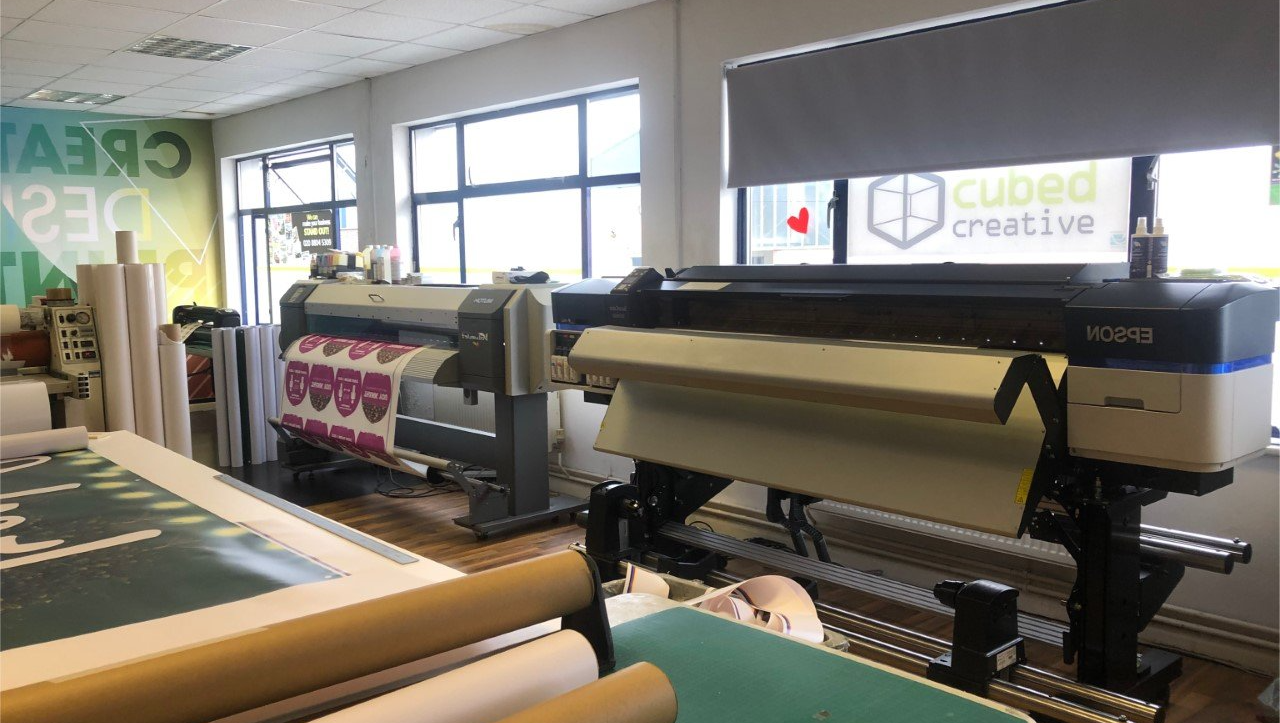What Is Large Format Printing? Everything You Need To Know
Looking for some advice?

Despite the ongoing challenges presented by Covid19, we’re here to help. If you’re working on a large format project, and have any questions, please get in touch via our contact form – our expert project managers are on hand to answer any of your questions.
Large format printing is a part of almost everyone’s daily life – though we may not even realise it. As we walk around our cities, towns, or even the countryside, we’re exposed to examples of large format printing everywhere: billboards, advertisements on taxis and buses, graphics on construction site hoardings. The list goes on.
But what actually is large format printing? How does it work, what is involved in the process, and why does it matter to advertisers, marketers and brands? In this post, we thought we’d shed some light on the basics of the industry in which we operate – and answer some simple questions that you may have:

Integrating curriculum themes into the wall graphics design can enhance the learning experience by creatively immersing students in the subject matter. For example, if students study the rainforest, a designed wall graphic showcasing its ecosystem can bring the topic to life. Inspire students to delve deeper into their exploration and understanding of the subject matter.






